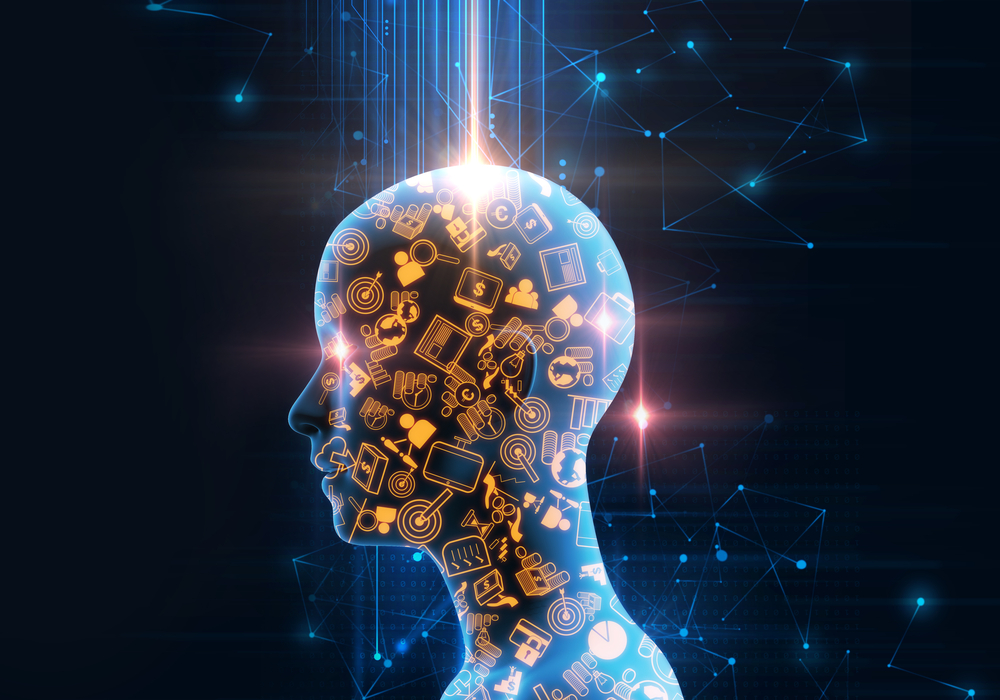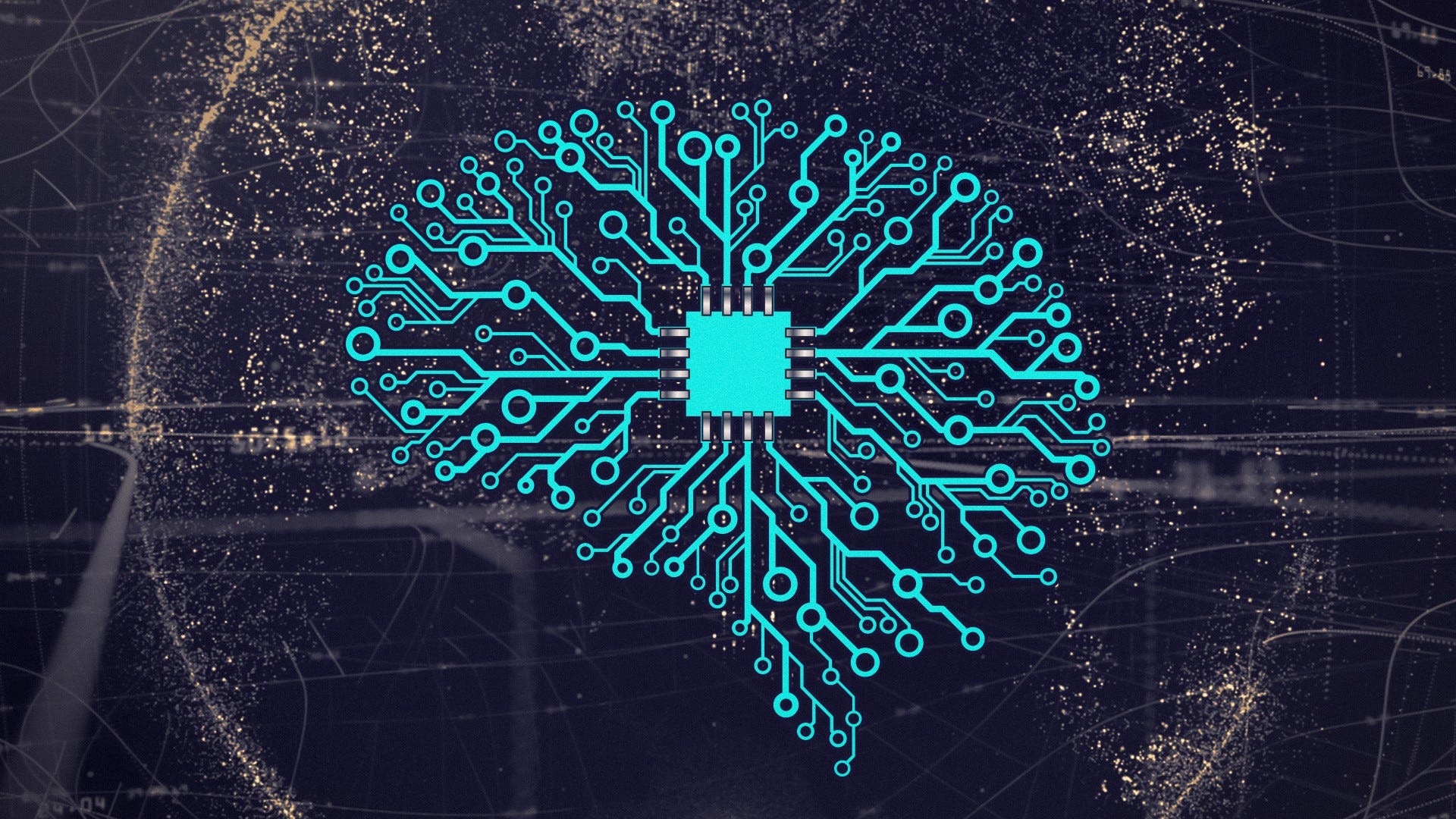
Understanding Artificial Intelligence: A Guide for Non-Tech Individuals
Introduction
Overview of Artificial Intelligence
Definition and Historical Context
Artificial Intelligence (AI) refers to the simulation of human intelligence processes by machines, particularly computer systems. These processes include learning, reasoning, problem-solving, perception, and language understanding. The concept of AI dates back to the mid-20th century, with early pioneers like Alan Turing, who laid the groundwork for modern computing and AI.
Current Relevance and Impact on Society
Today, AI is integrated into various aspects of our lives, from virtual assistants like Siri and Alexa to advanced systems in healthcare, finance, and transportation. Its ability to process large amounts of data quickly and accurately makes it indispensable in improving efficiency and decision-making across industries.
AI’s impact extends to reshaping job markets by automating routine tasks and creating opportunities for new roles that require advanced technical skills. It’s crucial to understand that AI is a tool meant to augment human capabilities, not replace them.
Intended Audience
This article is designed for individuals with limited technical backgrounds who are interested in understanding AI and its applications. Whether you’re a student, professional, or someone curious about technology, this guide aims to demystify AI and provide actionable insights on integrating it into your daily life.
Through this exploration, you’ll gain a better understanding of AI’s potential and how it can be leveraged to enhance personal and professional growth.

Understanding AI
What is AI?
Basic Concepts and Functionalities
Artificial Intelligence (AI) refers to the ability of machines to perform tasks that typically require human intelligence. These tasks include learning from experience, understanding language, recognizing patterns, and making decisions. AI systems rely on algorithms and data to function, constantly improving through machine learning techniques.
Real-World Examples and Applications
AI is present in many aspects of daily life:
- Virtual Assistants: Tools like Siri and Alexa use AI to understand and respond to voice commands.
- Healthcare: AI helps in diagnosing diseases and personalizing treatment plans.
- Finance: Algorithms detect fraudulent transactions and provide investment advice.
- Transportation: Self-driving cars and traffic management systems optimize travel and safety.
AI’s Impact on Jobs
AI is Transforming Rather Than Eliminating Jobs
AI is reshaping the workforce by automating repetitive tasks, allowing humans to focus on more complex and creative work. This shift can lead to increased productivity and innovation.
New Skill Sets Required for AI-Integrated Environments
As AI becomes more prevalent, the demand for skills such as data analysis, machine learning, and digital literacy grows. Professionals must adapt by learning how to work alongside AI, leveraging its capabilities to enhance their own roles. This shift encourages lifelong learning and continuous skill development.

AI as a Tool
The Role of AI in Daily Life
Enhancing Productivity and Efficiency
AI significantly boosts productivity by automating repetitive tasks, allowing people to focus on more strategic and creative activities. For instance:
- Smart Assistants: Automate scheduling, reminders, and basic tasks.
- Email Filtering: Automatically sorts and prioritizes messages.
- Predictive Text and Spell Check: Speeds up writing and reduces errors.
Ethical Considerations and Responsible Usage
As AI becomes more integrated into daily life, ethical considerations are crucial:
- Privacy Concerns: AI systems often handle sensitive data, requiring strict privacy protections.
- Bias and Fairness: Algorithms can perpetuate existing biases if not carefully managed.
- Accountability: Ensuring transparent decision-making processes in AI systems.
Responsible usage involves setting guidelines and policies to govern AI development and implementation, promoting fairness, accountability, and transparency.
How AI Tools Gain Their Intelligence
Data Collection and Processing
Role of Big Data in Training AI Models
AI models rely on vast amounts of data to learn and make predictions. Big data provides the necessary volume and variety of information that enables AI systems to identify patterns, trends, and correlations. This data is processed and cleaned to ensure accuracy and relevance.
Machine Learning Algorithms
How Algorithms Learn Patterns and Make Decisions
Machine learning algorithms analyze data to identify patterns and make decisions. They use techniques such as:
- Supervised Learning: Training with labeled data to predict outcomes.
- Unsupervised Learning: Finding hidden patterns in unlabeled data.
- Reinforcement Learning: Learning through trial and error to achieve goals.
These algorithms iteratively adjust and improve their predictions based on new data.
Continuous Improvement
Feedback Loops and Model Updates
AI models continuously improve through feedback loops. They adjust based on user interactions and new information, refining their accuracy and performance. Regular updates and retraining ensure models remain effective and relevant, adapting to changes in data and requirements.

Types and Categories of AI Tools
Machine Learning and Deep Learning
Machine Learning: Involves algorithms that learn from data to make predictions or decisions. Used in recommendation systems and predictive analytics.
Deep Learning: A subset of machine learning with neural networks that mimic the human brain. It’s effective in image and speech recognition.
Natural Language Processing (NLP)
NLP: Enables machines to understand and generate human language. Applications include chatbots, language translation, and sentiment analysis.
Computer Vision
Computer Vision: Allows machines to interpret and make decisions based on visual data. Used in facial recognition, medical imaging, and autonomous vehicles.
Robotics and Automation
Robotics: Involves designing and building robots that can perform tasks autonomously or with minimal human intervention.
Automation: Utilizes AI to streamline processes and tasks, increasing efficiency in industries like manufacturing and logistics.

Free AI Tools Available Today
Overview of Popular Free AI Platforms
Chatbots
- ChatGPT: Offers conversational AI for various applications.
- Microsoft Bot Framework: Enables building and connecting intelligent bots.
Image Recognition Software
- Google Cloud Vision: Analyzes images and extracts information.
- IBM Watson Visual Recognition: Identifies objects and scenes in images.
Language Models
- GPT Playground: Provides access to powerful language processing capabilities.
- Hugging Face Transformers: Offers a wide range of pre-trained models for language tasks.
These tools are accessible and help users integrate AI into everyday projects without significant costs.

AI Integration in Everyday Life
Education
- Personalized Learning: AI adapts educational content to individual learning styles and paces.
- Tutoring Tools: Platforms like Khan Academy use AI to provide targeted practice and feedback.
Workplace
- Automation of Routine Tasks: AI handles repetitive tasks, freeing employees for more strategic work.
- Enhanced Collaboration: Tools like Microsoft Teams integrate AI to improve communication and workflow efficiency.
Personal Life
- Smart Home Devices: AI-powered assistants like Alexa and Google Home manage tasks and control smart devices.
- Personal Assistants: Help with scheduling, reminders, and information retrieval.
Banking and Finance
- Fraud Detection: AI analyzes transactions for anomalies to prevent fraud.
- Personalized Financial Advice: Tools like Mint offer tailored financial planning and insights based on user behavior.
Introduction to Prompting
What is a Prompt?
Definition and Significance in AI Interaction
A prompt is a user input or command given to an AI system to generate a response or perform a task. It is the primary means of communication between users and AI tools, guiding the AI in understanding and executing the desired function. Effective prompting is crucial for obtaining accurate and useful outputs from AI systems.
Basics of Prompting
How Prompts Work in AI Tools
Prompts act as the input for AI algorithms, triggering the system to process data and produce a result. AI tools interpret the prompt based on their training and the algorithms they use. The quality and specificity of the prompt directly influence the AI’s response.
Structure and Formulation of Effective Prompts
Effective prompts are clear, concise, and specific. They should:
- Define the Task: Clearly state what you want the AI to do.
- Provide Context: Offer relevant details or background information.
- Be Specific: Avoid ambiguity to ensure accurate responses.
Tips and Tricks for Effective Prompting
Crafting Clear and Specific Prompts
- Use Simple Language: Avoid jargon and complex phrasing.
- Be Direct: Clearly articulate the desired outcome.
- Provide Context: Include relevant details to guide the AI’s response.
Iterative Testing and Refinement
- Test Variations: Experiment with different prompts to find the most effective one.
- Analyze Responses: Evaluate the AI’s output to refine the prompt for better accuracy.
Examples of Successful Prompts
- Basic Prompt: “What is the weather today?”
- Detailed Prompt: “What is the weather forecast for New York City for the next week, including temperature and precipitation?”
Effective prompting is key to maximizing the utility of AI tools and achieving desired results.

Actionable Steps to Learn and Adopt AI
Beginner-Friendly Learning Resources
Online Courses and Tutorials
- Coursera: Offers courses like “AI For Everyone” by Andrew Ng, which provides a non-technical introduction to AI concepts.
- edX: Features courses such as “Introduction to Artificial Intelligence (AI)” from IBM, focusing on foundational AI knowledge.
- Udacity: Provides AI and machine learning nanodegrees that range from beginner to advanced levels.
Community Forums and Support Groups
- Stack Overflow: A platform where you can ask questions and get answers from the AI and programming community.
- Reddit: Subreddits like r/MachineLearning and r/ArtificialIntelligence offer discussions, resources, and advice.
- AI and Data Science Meetups: Local or virtual meetups can provide networking opportunities and practical insights.
Incorporating AI into Daily Life
Practical Applications at Home and Work
- Home Automation: Use AI-driven smart devices like thermostats (e.g., Nest) and security systems (e.g., Ring) to enhance convenience and security.
- Productivity Tools: Employ AI-powered software such as Grammarly for writing assistance or Trello with AI integrations for project management.
- Personal Finance: Utilize AI tools like budgeting apps (e.g., Mint) to manage finances and track spending.
Continuous Learning and Adaptation
- Stay Updated: Follow AI news and trends through blogs, podcasts, and newsletters.
- Experiment: Regularly try out new AI tools and applications to understand their capabilities and limitations.
- Seek Feedback: Engage with online communities and forums to discuss your experiences and learn from others.
By leveraging these resources and practices, you can effectively learn about AI and integrate its tools into various aspects of your life, enhancing both personal and professional experiences.

Conclusion
Embracing AI for Personal and Professional Growth
Artificial Intelligence (AI) has the potential to transform various aspects of our lives, from improving productivity to enhancing personal experiences. By understanding and adopting AI tools, individuals can streamline tasks, gain insights, and unlock new opportunities for growth. Embracing AI not only prepares you for the evolving technological landscape but also empowers you to leverage its capabilities for personal and professional success.
Future Trends and Opportunities in AI
The future of AI is promising, with continuous advancements expected in areas such as:
- Generative AI: Creating new content, designs, and solutions based on learned patterns.
- AI Ethics: Developing frameworks to ensure responsible and fair AI usage.
- AI in Healthcare: Enhancing diagnostics, treatment plans, and personalized medicine.
Staying informed about these trends will help you adapt and harness emerging technologies effectively.
The MEDA Foundation is dedicated to making advanced knowledge accessible to everyone. By supporting initiatives that promote education and understanding of AI and other technologies, the foundation aims to bridge gaps in knowledge and foster a more informed and inclusive community.
Book References
- “Artificial Intelligence: A Guide for Thinking Humans” by Melanie Mitchell
- “AI Superpowers: China, Silicon Valley, and the New World Order” by Kai-Fu Lee
- “Deep Learning” by Ian Goodfellow, Yoshua Bengio, and Aaron Courville











